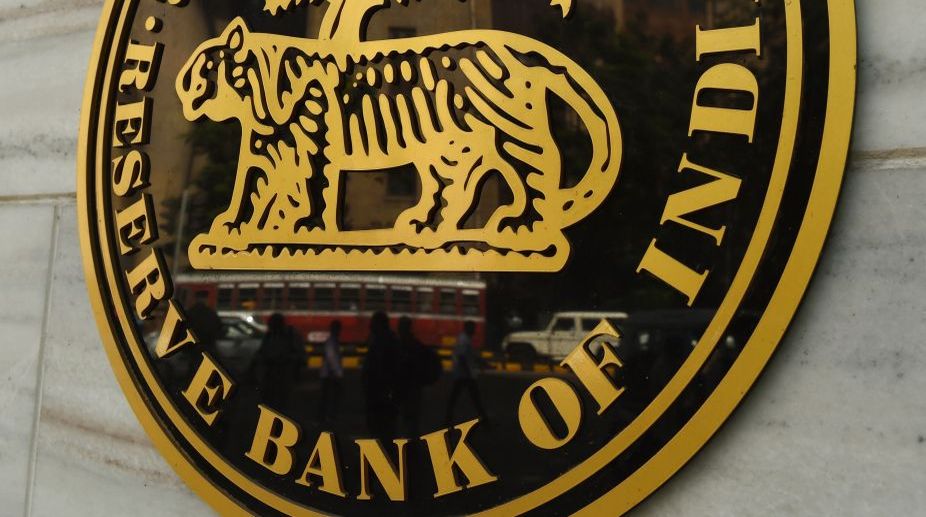RBI bans Kotak Mahindra Bank from on boarding new online customers
However, the RBI (Reserve Bank of India) said the bank shall continue to provide services to its existing customers, including its credit card customers.

(PHOTO: AFP)
Information gathered through an RTI application and from the seven-page note submitted by the Reserve Bank of India to the Parliamentary Standing Committee of Finance headed by M Veerappa Moily of the Congress makes it clear that the decision to demonetise Rs 500 and Rs 1000 was taken by Prime Minister Narendra Modi and the oligarchs surrounding him, and not by the RBI or the Union Cabinet. The exercise was presented as a decisive action necessary to contain the menace of counterfeit notes and black money in order to usher in long-term economic gain even if it resulted in short-term pain to the public. The RBI told the parliamentary panel that demonetisation of currency notes was an ‘advice’ given by the government with less than 24 hours to implement. “The Central Board of the RBI met on 8 November. The board noted that a summary measure in the form of withdrawal of legal tender charter of these notes is proposed by the government.” A day after the RBI disclosed its actual role, two former RBI Governors, Bimal Jalan and YV Reddy, expressed concern over the eroding autonomy of the central bank. Former Prime Minister Manmohan Singh, who was also formerly a Governor of the RBI, described demonetisation as a disaster and said that things were going from bad to worse. He cautioned the people the worst was yet to come. Empirical experience of the past two months fully supports the prognosis of Manmohan Singh. In extenuation of Modi’s dramatic announcement, the RBI said that it had on 27 May 2016, recommended to the government introduction of a new series of bank notes.
It seems to have occurred to the government that the introduction of the new series of notes could provide a rare opportunity to tackle the three problems of counterfeiting, terrorist financing and black money by demonetising the bank notes in high denomination of Rs 500 and Rs 1,000 or by withdrawing the legal tender status of bank notes. Though no firm decision was taken initially on whether to demonetise or not, preparations went on for introduction of new notes as it was needed in any case. Amidst these developments, America’s USAID announced on 14 October the establishment of “Catalyst: Inclusive Cashless Payment Partnership,” with a view to effecting a quantum leap in cashless payment in India. A close analysis of Modi’s 8 November bombshell withdrawing more that 85 per cent of the currency notes in circulation and forcing the ill-prepared public to adopt cashless payment methods, would throw light on the hidden agenda. Reading the official statements with hindsight makes it clear the partnership between Catalyst and the Finance Ministry of India is a huge assault on all Indians using cash for payments. Even the name Catalyst sounds ominous once we realise what happened on 9 November 2016. We saw global business leaders extolling Modi at the eighth edition of the Vibrant Gujarat Global Summit that began in Gandhinagar on 10 January. International card providers in the USA like Master and Visa are laughing all the way to their banks.
Advertisement